Home > Essentia Premier, Pune > Blogs > History of Pune
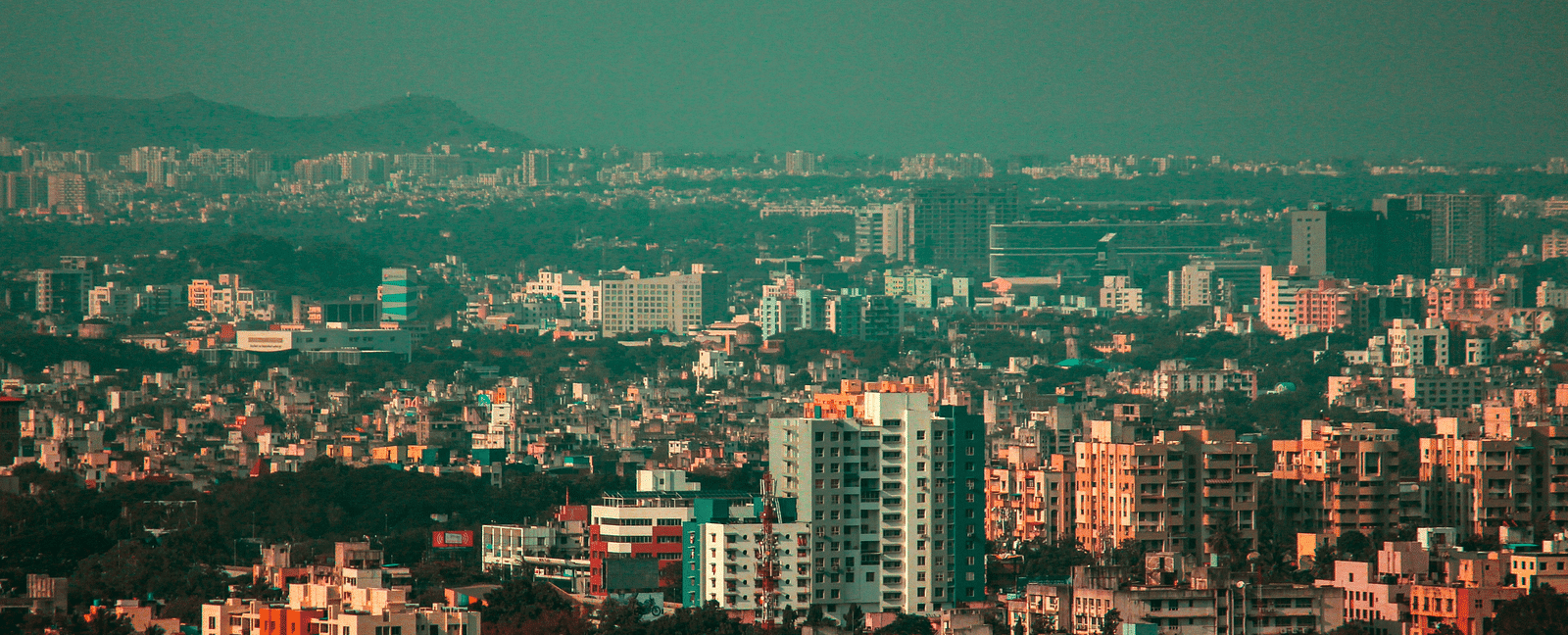
The History of Pune: A City of Heritage and Culture
Pune, often referred to as the cultural capital of Maharashtra, has a history that dates back to the 8th century. Over time, it has evolved from a small settlement into a thriving metropolis, retaining its historical and cultural essence. From the days of the Maratha Empire to British colonial rule and its modern development, Pune has been at the forefront of India's historical transformations.
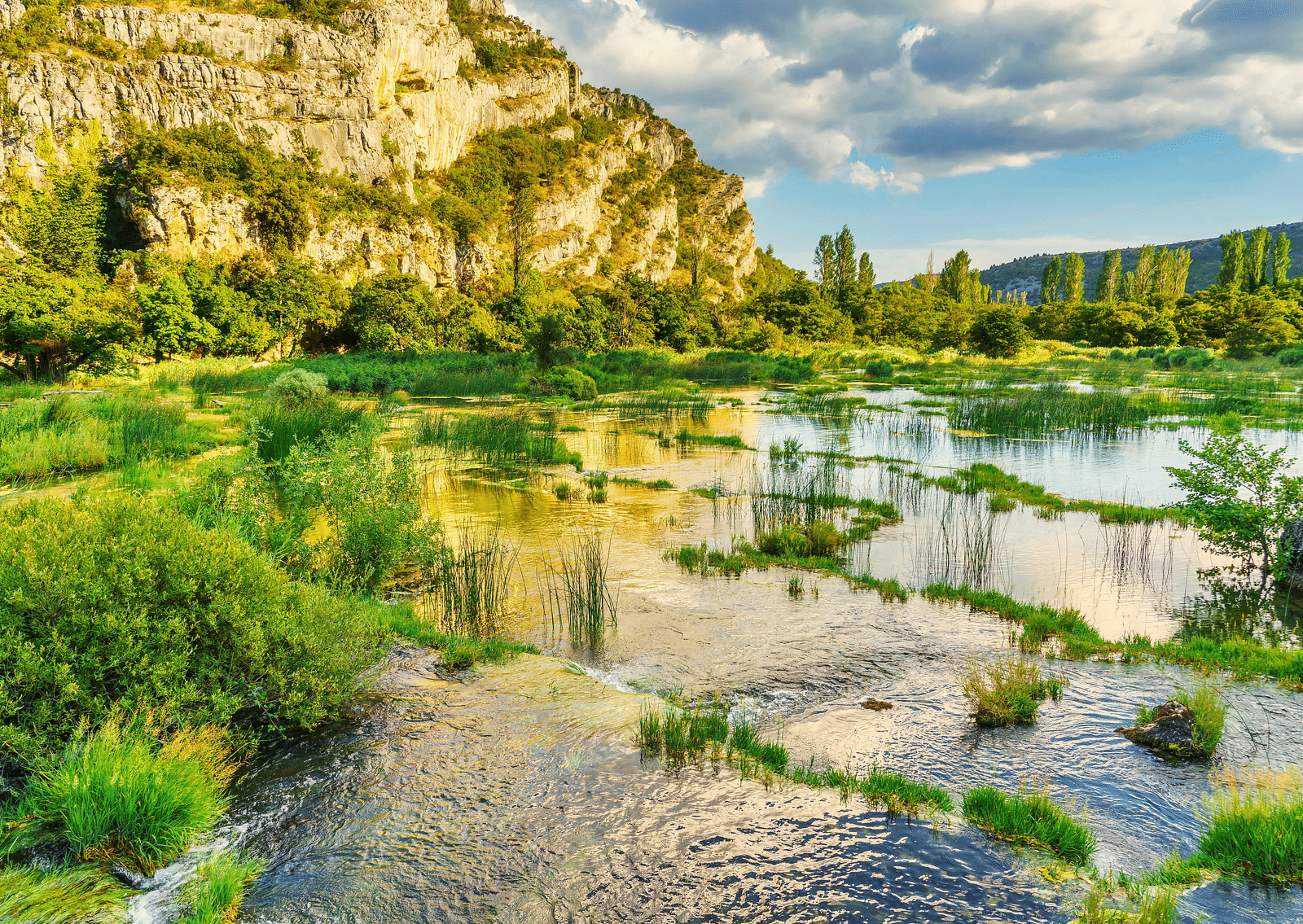
The Early Days of Pune
The earliest known reference to Pune dates back to the 8th century when it was called Punnaka in ancient inscriptions. The city was a small agricultural settlement on the banks of the Mula and Mutha rivers. Over centuries, Pune witnessed the rise and fall of various rulers, eventually gaining prominence under the Yadava dynasty in the 9th century.
Pune Under the Maratha Empire
Pune’s significance emerged in the 17th century, during the rule of Chhatrapati Shivaji Maharaj, the founder of the Maratha Empire. Pune became an important military and political hub, with Shivaji Maharaj's mother, Jijabai, overseeing his upbringing at Lal Mahal. This period saw the construction of Shaniwar Wada, a grand fort that became the seat of the Peshwas, the prime ministers of the Maratha Empire. Under the Peshwa dynasty in the 18th century, Pune flourished as the political and administrative centre of the Marathas, playing a crucial role in shaping India’s history.
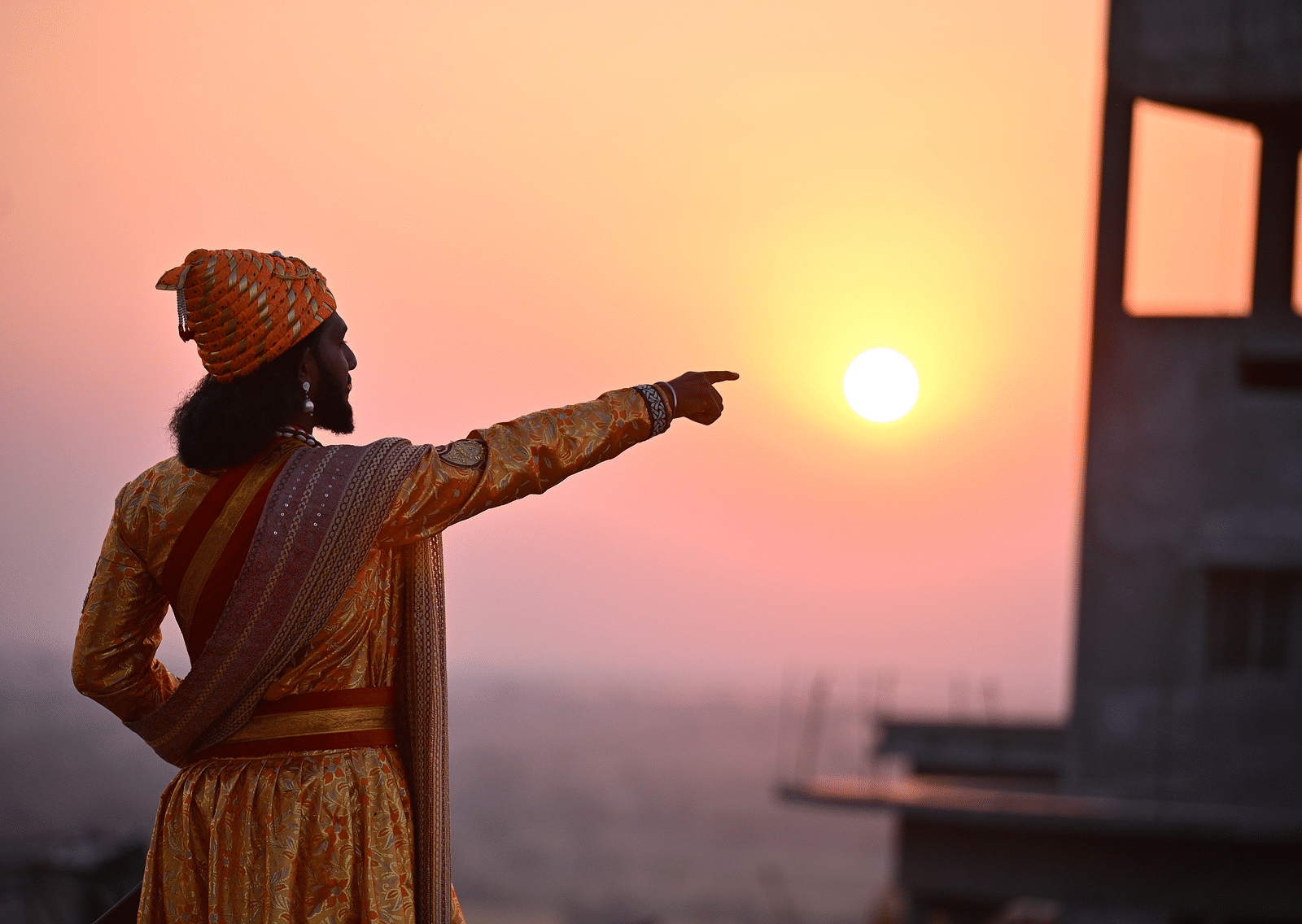
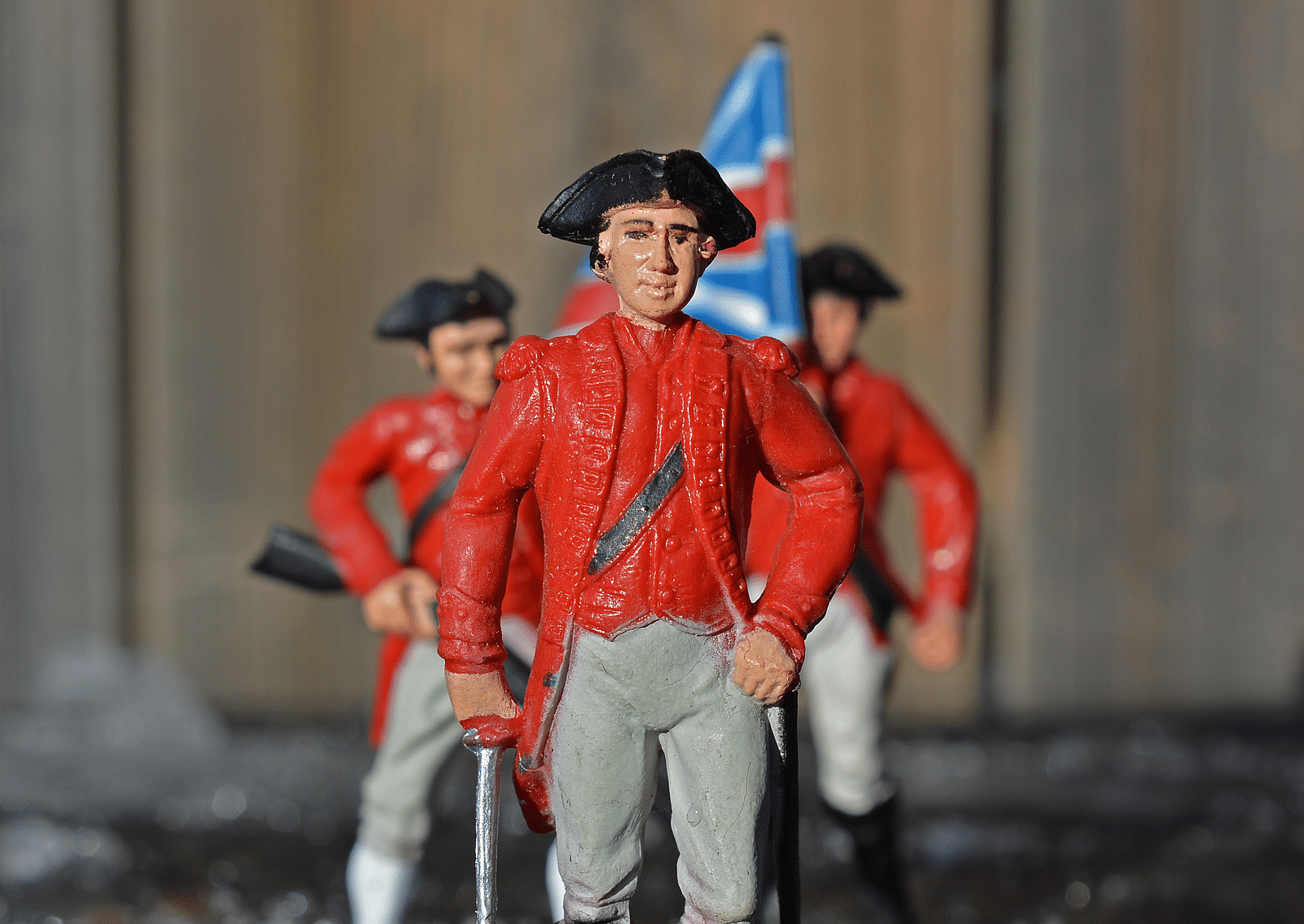
British Colonial Influence and Freedom Struggle
With the decline of the Maratha Empire, Pune came under British rule in 1818. The British established the Poona Cantonment, making it an important military and administrative centre. Pune became a hub for social and political movements during British rule. Bal Gangadhar Tilak, a prominent leader of India’s independence movement, was based in Pune and used the city as a platform for spreading nationalist ideas. His contributions, including celebrating Ganesh Chaturthi as a public festival, helped unite Brahmins and non-Brahmins.
Historical Places in Pune
Pune is home to numerous historical landmarks that reflect its rich past. Shaniwar Wada, built in 1730, remains one of the city's most iconic sites. Although much of it was destroyed in a fire, its grand entrance and stone walls still testify to Pune’s glorious past. Another significant landmark is the Aga Khan Palace, built in 1892, which served as a place of imprisonment for Mahatma Gandhi from 1942 to 1944. Today, it stands as a symbol of India's fight for independence.
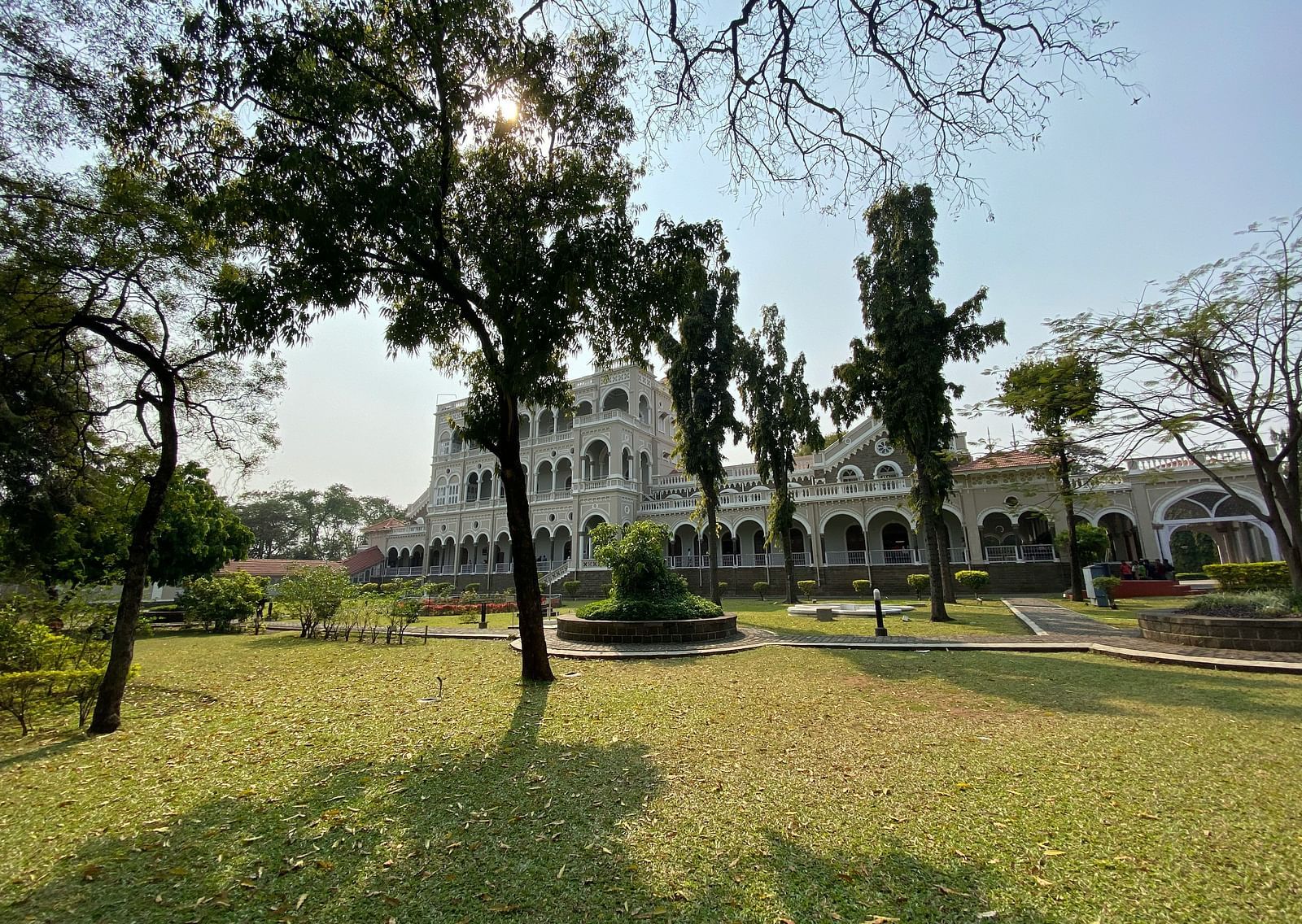
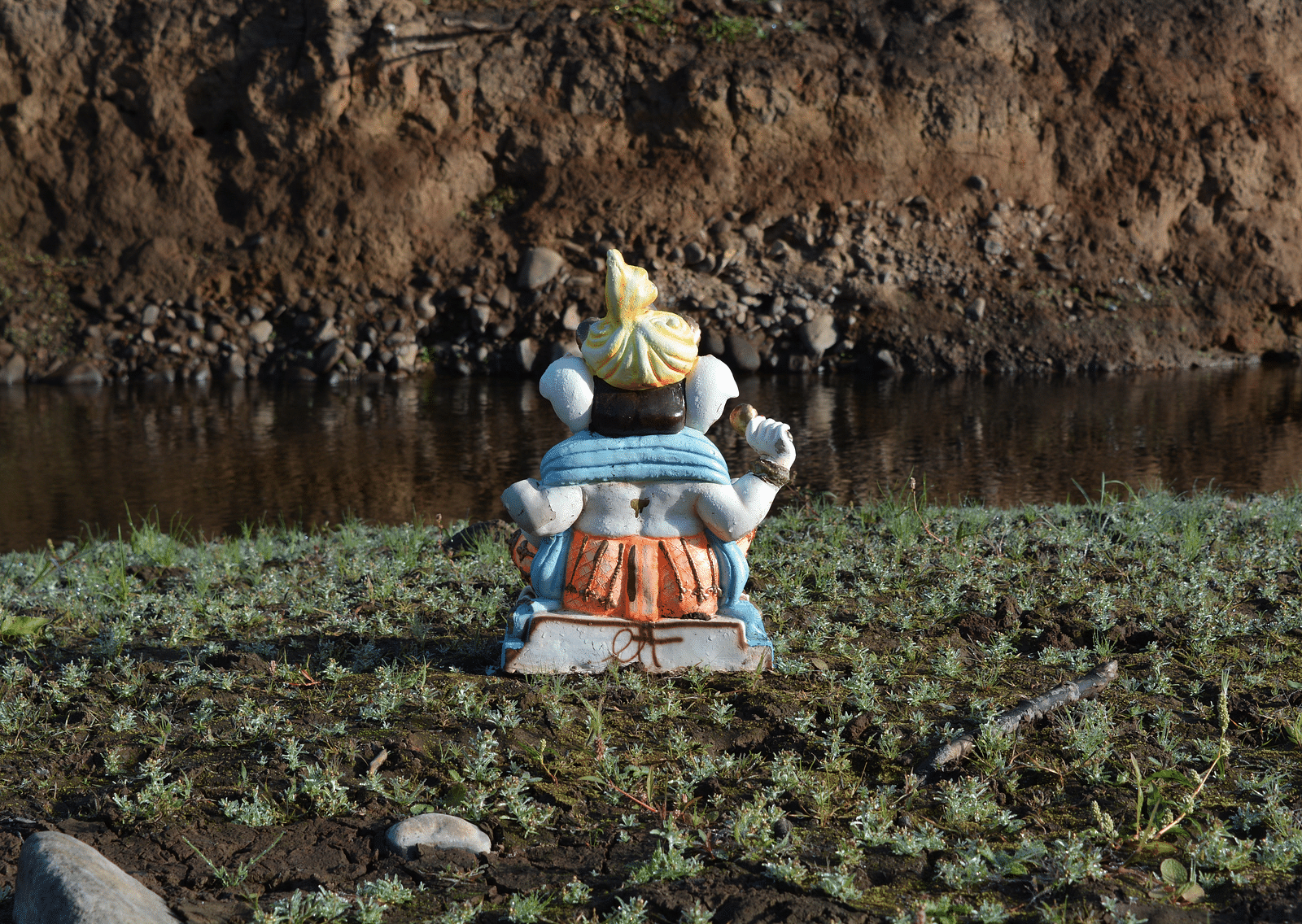
Festivals and Cultural Heritage
Pune is renowned for its cultural festivals, which celebrate its diverse heritage. The city hosts the Ganesh Chaturthi festival, which features grand processions, music, and traditional performances. Another major event is the Pune International Film Festival (PIFF), which attracts filmmakers and cinephiles from all over the world. In 2010, the Government of Maharashtra formally designated PIFF as its official festival. These events showcase Pune’s vibrant cultural scene, blending tradition with modern artistic expressions.
The Culinary Scene: A Blend of Tradition and Modernity
Pune’s culinary landscape is deeply rooted in Maharashtrian cuisine, with dishes like vada pav, misal pav, bhakri, and puran poli being local favourites. The city's culinary landscape demonstrates a balance between traditional fare and contemporary cuisine, with a growing prevalence of cafés and international restaurants. Pune caters to all tastes, from roadside stalls serving authentic Maharashtrian snacks to fine-dining restaurants.
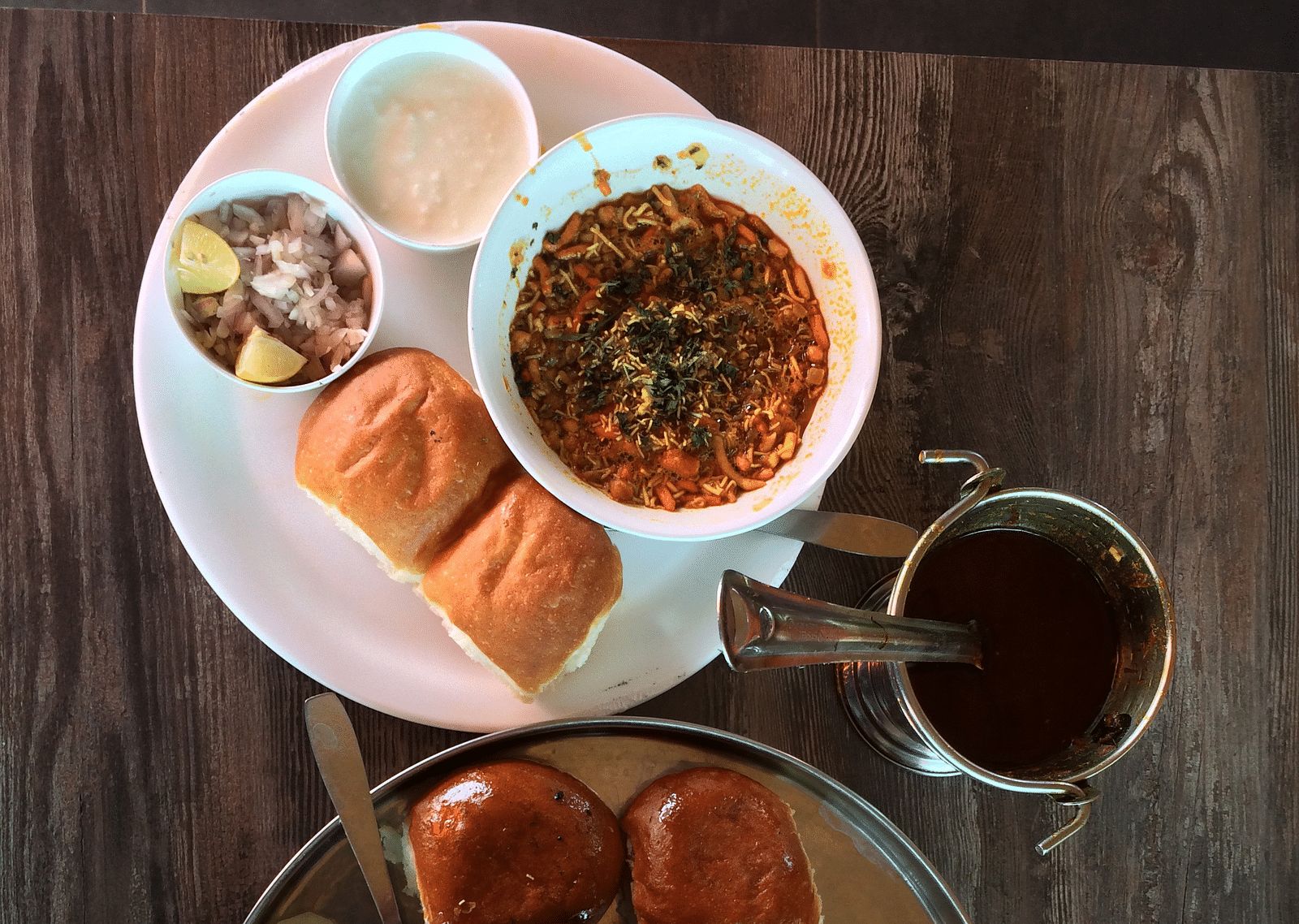
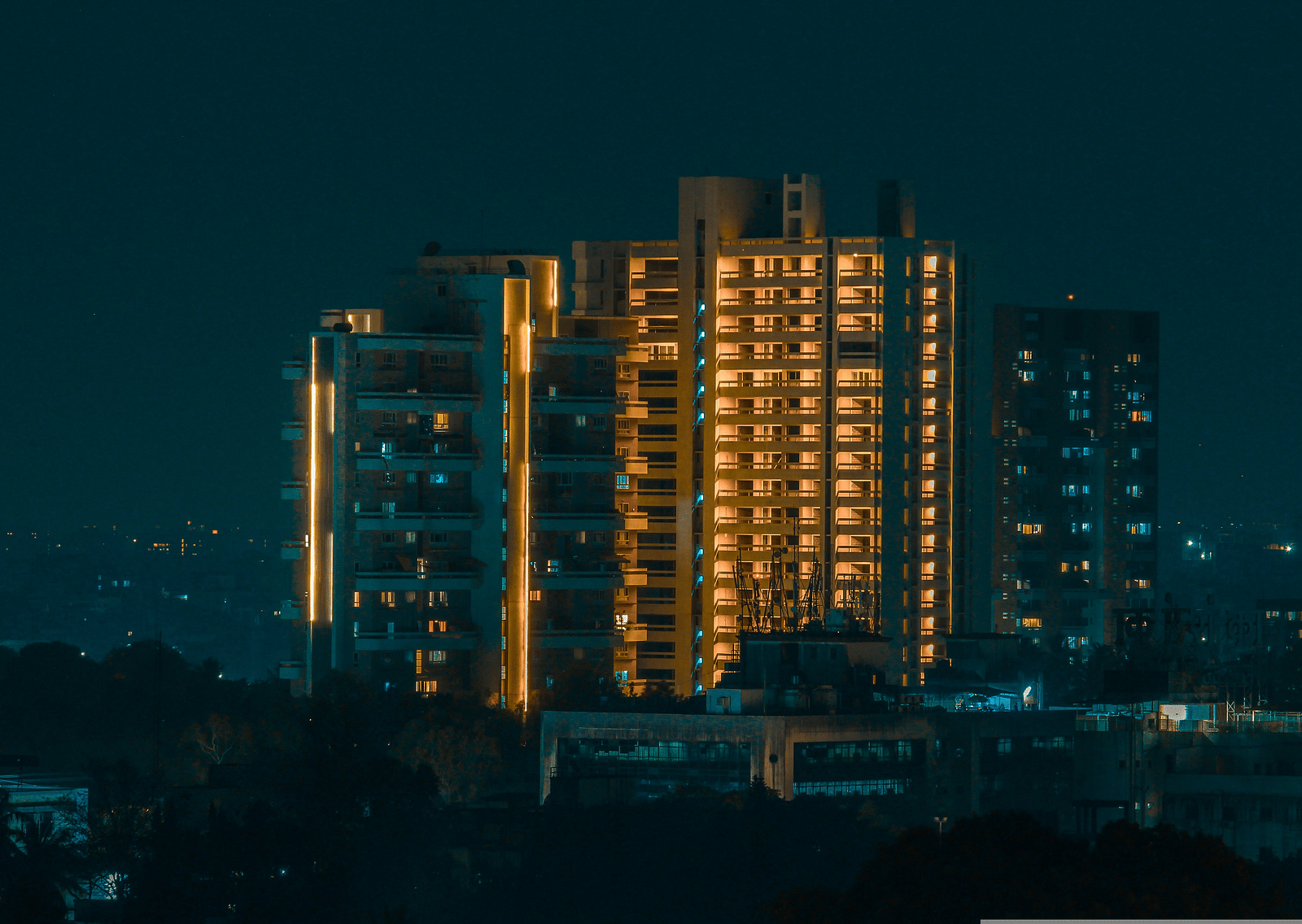
Modern Pune and Its Growth
Today, Pune, also known as the Oxford of the East, is a thriving IT and educational hub due to its numerous prestigious institutions. It has successfully balanced modernisation with preserving its historical and cultural identity. With its rich legacy, Pune continues to be a city that bridges the past and the future.
Where to Stay in Pune – Essentia Premiere Pune
For visitors looking to explore Pune’s historical and cultural heritage, Essentia Premiere Pune offers a comfortable and luxurious stay. The hotel, located in Wakad, features elegantly appointed guest rooms, refined dining selections, and modern conveniences. Whether you’re visiting Pune for its history, business, or leisure, Essentia Premiere Pune provides the perfect retreat to relax and unwind after a day of exploration.
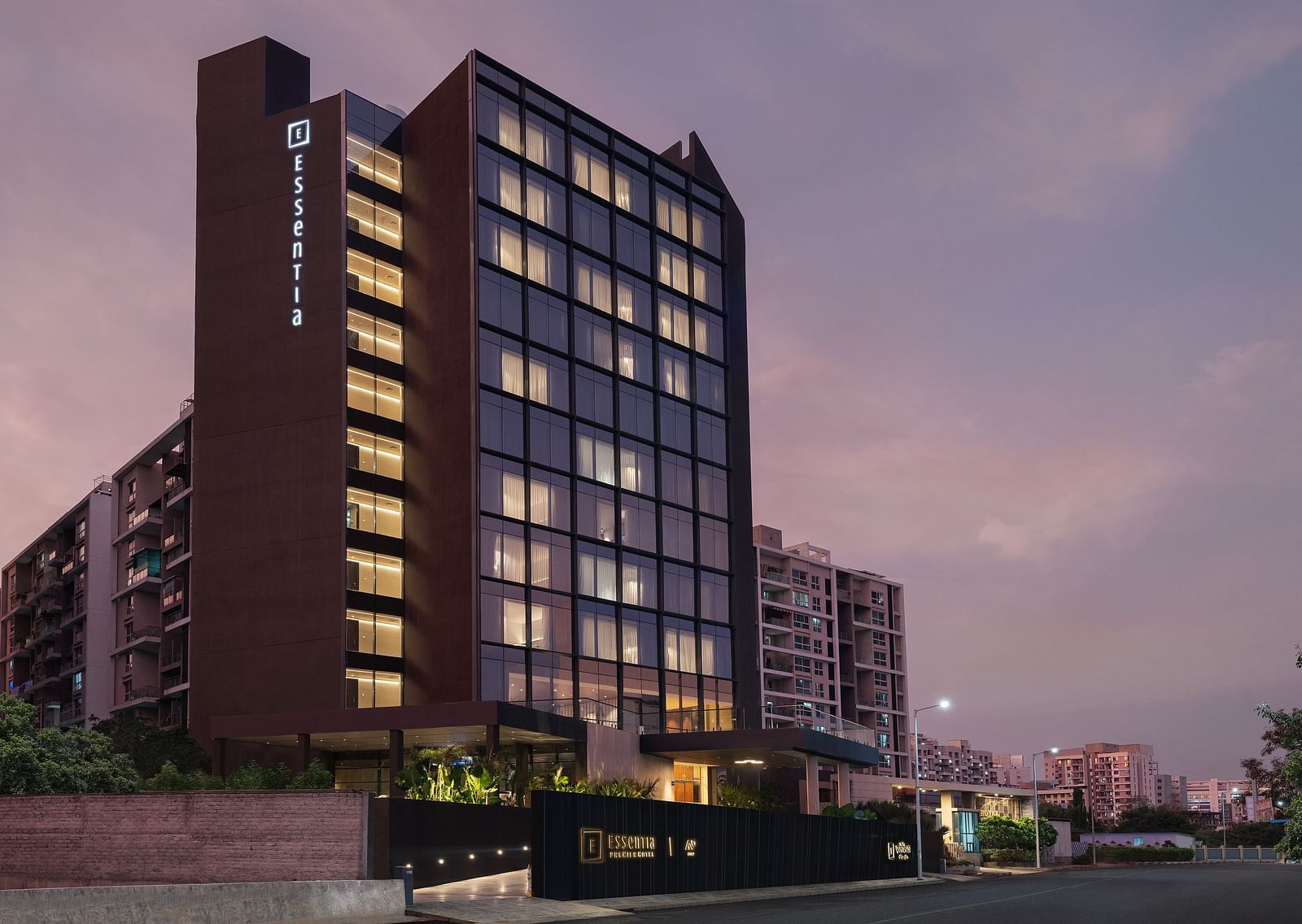
Pune’s history is a fascinating journey through dynasties, battles, cultural revolutions, and modern growth. From the Marathas to the British, and now as a modern metropolis, Pune has remained a city of great significance. Whether you’re a history buff, want to know the culture of Pune or a foodie, this city has something to offer everyone. Plan your visit today and immerse yourself in the historical charm of this incredible city.